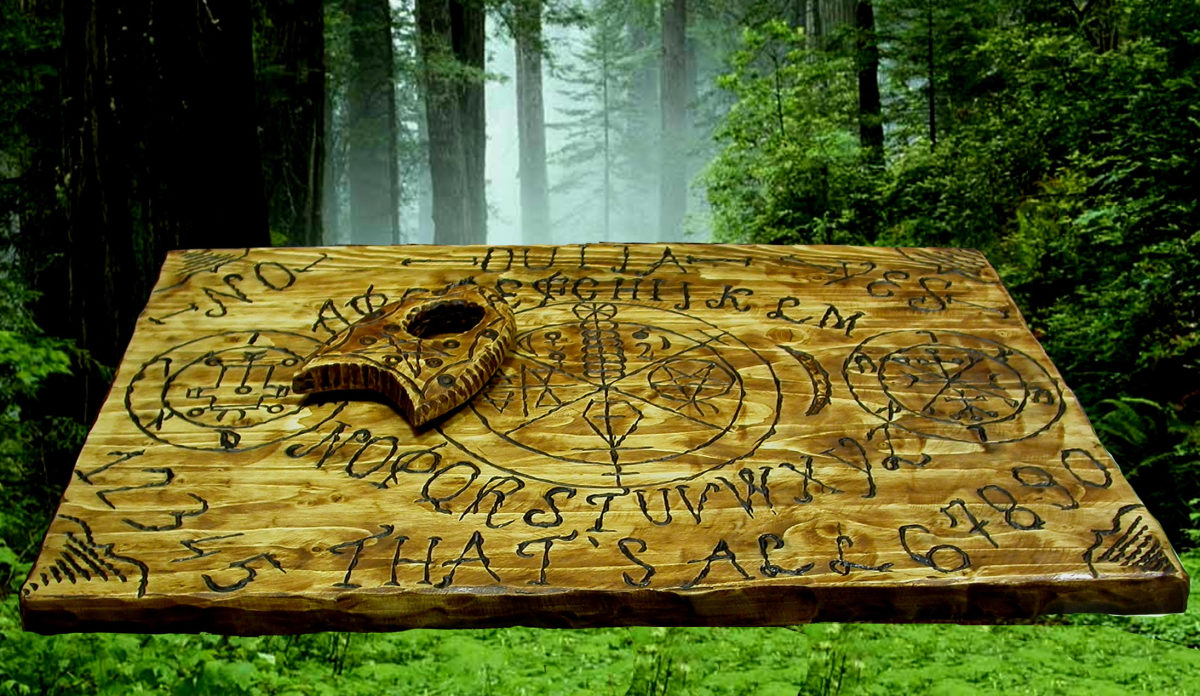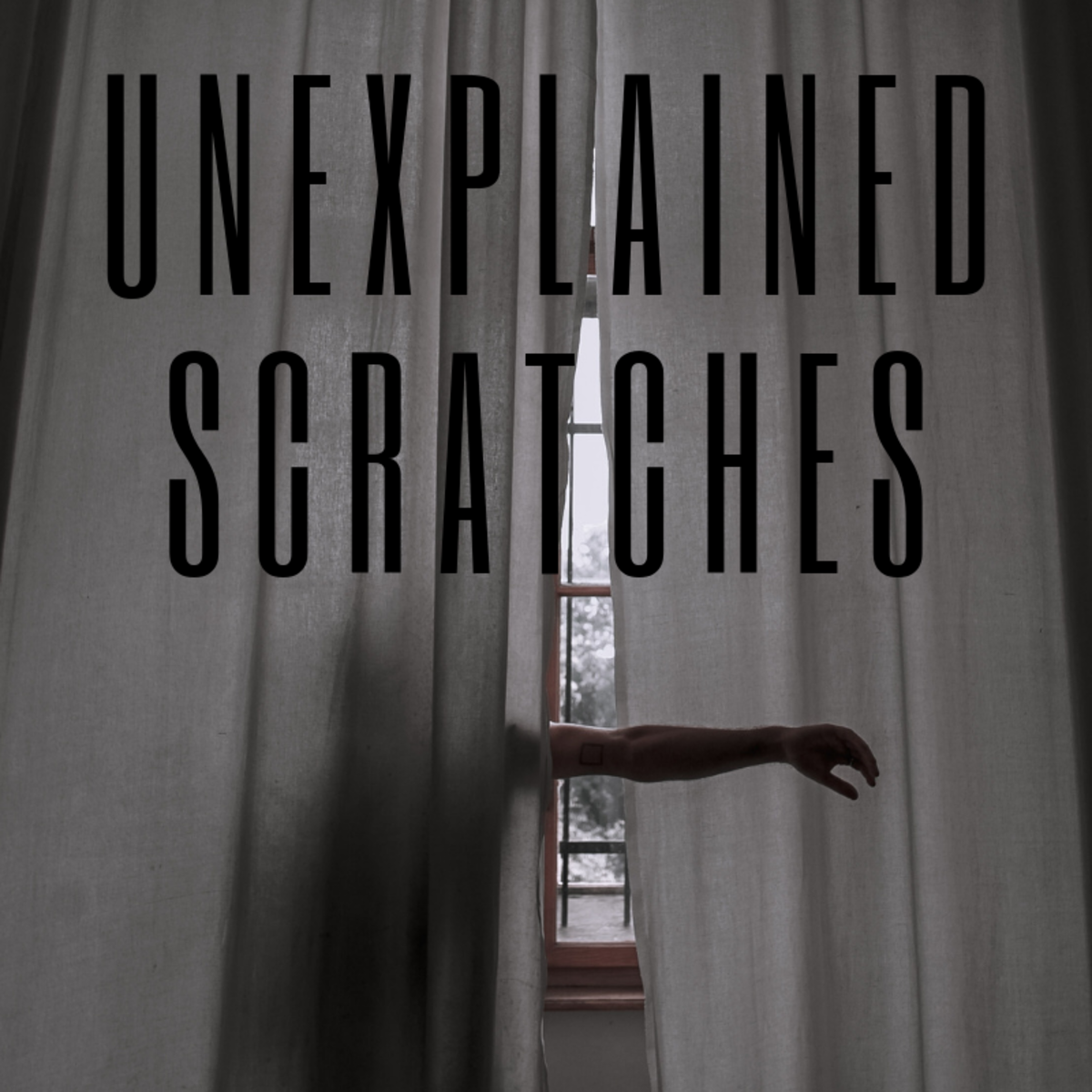Whispers Beyond the Veil: Rituals of Spirit Communication
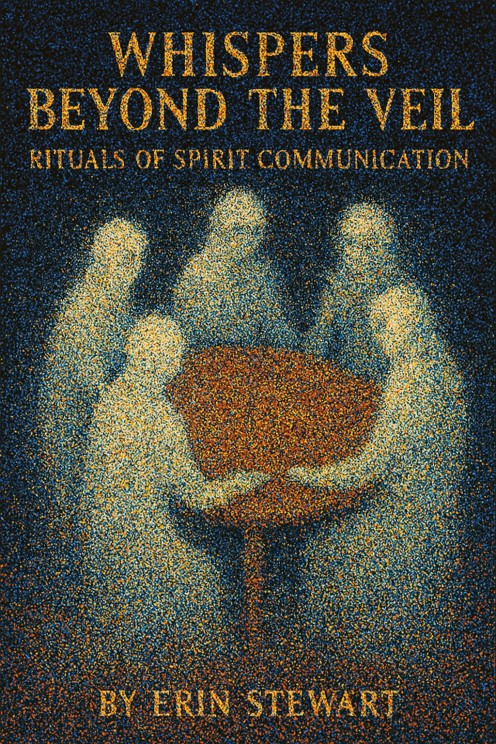
I. The Liminal Call
“To speak with spirits is not to summon shadows—it is to remember, to listen, and to honor the unseen threads that bind us to mystery.”
There is a veil—not a wall, but a shimmer—between the seen and the unseen. It ripples like breath across water, thin as memory, vast as myth. Across cultures and centuries, humans have reached through this veil with reverence, longing, and ritual. Whether through ancestral invocation, elemental offerings, or trance-born whispers, the desire to commune with spirits is not superstition—it is a sacred instinct, etched into the soul’s architecture.
But sacred does not mean safe.
To approach the spirit realm is to enter a liminal space—one that demands emotional clarity, energetic protection, and deep respect. It is not a playground for curiosity, nor a spectacle for performance. Spirit communication is not entertainment. It is remembrance. It is ceremony. It is the art of listening to what cannot be heard and honoring what cannot be held.
And it must be done mindfully.
For the veil does not discriminate. It opens to the ancestral and the unknown, the benevolent and the restless. Without preparation, one may invite confusion, emotional overwhelm, or even spiritual entanglement. The unseen is not inherently dangerous—but it is vast, layered, and deeply symbolic. To navigate it requires discernment.
Before reaching across, ask:
-
Am I grounded?
-
Is my intention clear and respectful?
-
Have I created boundaries to protect my energy and theirs?
To commune with spirits is to enter a dialogue—not a demand. It is to offer space, not seize it. It is to listen with humility, not ego.
And when the ritual ends, it must be closed with care. The veil must be sealed. The body must be grounded. The message must be honored, not exploited.
Because to speak with spirits is to remember that we are never truly alone. And that truth, if mishandled, can echo in ways we do not intend.
II. Preparing the Vessel
Before reaching across realms, one must become a vessel—clear, grounded, and protected. Spirit communication does not begin with contact; it begins with intention. The ritual starts in silence, in breath, in the quiet shaping of space where the sacred may enter. Without preparation, the veil may open—but what steps through may not be what was sought.
To commune with spirits is to enter a liminal dialogue, and like any sacred exchange, it must be approached with care. The unseen responds not to spectacle, but to sincerity.
Cleansing the Space
Before any invitation is made, the space must be cleared—energetically, emotionally, symbolically. Smoke from sage, cedar, or mugwort can dissolve stagnant energy and awaken the ether. Sound—bells, chimes, drumming, or chanting—can stir dormant frequencies and signal readiness. This is not decoration; it is declaration. The space must be made sacred.
Creating Boundaries
To protect both the practitioner and the spirit, boundaries must be drawn. Salt circles, protective sigils, or visualized golden light form energetic containers that hold the ritual and prevent intrusion. These boundaries are not barriers—they are invitations with limits. They say: “You are welcome here, but only in truth.”
Without boundaries, one risks entanglement. Not all spirits are benevolent. Not all energies are meant to linger. Protection is not fear—it is wisdom.
Setting Intention
The spirit world listens to clarity. Before reaching out, speak your purpose aloud. Write it in a journal. Whisper it to flame. Whether seeking guidance, closure, or connection, the intention must be named with respect and precision. Vague desire invites vague response. Clear intention opens clear pathways.
Ask:
-
Why am I seeking contact?
-
What am I prepared to receive?
-
How will I honor what is given?
This is not superstition—it is sovereignty. To prepare is to claim responsibility. To ritualize is to show reverence. Spirits respond not to demand, but to devotion.
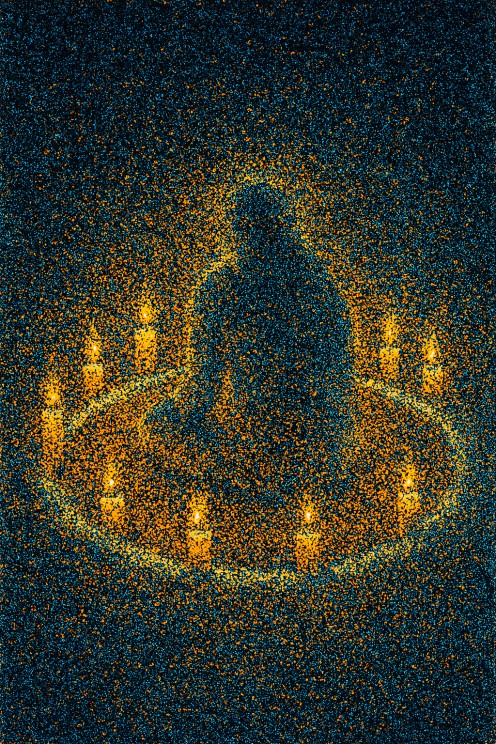
III. Pathways of Communion
There are many ways to listen. Each method carries its own rhythm, symbolism, and emotional resonance. None are superior—only different doors to the same mystery. The spirit realm does not conform to hierarchy; it responds to sincerity, ritual, and emotional attunement. But each doorway must be approached with care. Not every whisper is meant for you. Not every sign is benign.
Dreamwork: The Nocturnal Threshold
Spirits often speak through dreams—offering symbols, messages, or visitations that bypass the conscious mind. These dreams feel different: vivid, emotionally charged, sometimes prophetic. They may arrive as ancestral echoes, elemental metaphors, or direct encounters.
To open this channel:
-
Keep a dream journal beside your bed.
-
Set intentions before sleep—speak them aloud or write them beneath your pillow.
-
Use mugwort, moonlight, or a whispered invitation to deepen the connection.
Warning: Not all dream visitations are gentle. Some may stir unresolved grief, fear, or confusion. If a dream leaves you unsettled, ground yourself before interpreting. Seek guidance if needed. The veil is thin in sleep—discernment is essential.
Divination: Archetypal Dialogue
Tools like tarot, pendulums, runes, and spirit boards act as symbolic translators. They do not “summon” spirits—they invite dialogue through archetype and intuition. The cards speak in metaphor, the pendulum in movement, the board in letters. What matters is not the tool, but the ritual of asking.
To engage:
-
Cleanse your tools before use.
-
Ask clear, respectful questions.
-
Interpret with emotional and symbolic nuance.
Warning: Divination can be misused as a shortcut to certainty. Avoid obsessive questioning or dependency. The spirits speak in layers—do not force clarity where mystery is meant to linger.
Altar Work: The Sacred Invitation
Creating a dedicated space with candles, offerings, and ancestral items invites presence. Altars are not just physical—they are emotional landscapes. A photograph, a cup of tea, a lock of hair—these are bridges. Light a candle, speak a name, and listen.
To build:
-
Choose items with emotional resonance.
-
Cleanse and consecrate the space regularly.
-
Visit the altar with intention, not habit.
Warning: Altars can become energetically cluttered or emotionally stagnant. If the space feels heavy or chaotic, pause and reassess. Spirits deserve clarity and care—not neglect or overuse.
Trance and Channeling: The Embodied Threshold
Through breathwork, meditation, or rhythmic movement, one may enter altered states where spirit messages flow. These moments are often poetic, fragmented, and deeply personal. Channeling is not possession—it is partnership. The body becomes a conduit, the voice a vessel.
To enter:
-
Ground before and after each session.
-
Record messages without immediate interpretation.
-
Protect your energetic field with ritual boundaries.
Warning: Channeling can blur emotional and energetic lines. If you feel drained, disoriented, or overwhelmed, stop immediately. Not every spirit is meant to speak through you. Consent and clarity are vital.
Signs and Synchronicities: The World as Oracle
Spirits may speak through the world itself—flickering lights, phantom scents, animal behavior, or repeated symbols. These are not coincidences; they are callings. A crow at the window, a song on repeat, a number that follows you—each is a whisper.
To receive:
-
Stay emotionally attuned and present.
-
Note patterns and emotional responses.
-
Ask for confirmation through ritual or journaling.
Warning: Not every pattern is a message. Beware of over-interpretation or projection. The spirit realm speaks in subtlety—listen with humility, not obsession.
Each method is a ritual in itself. Each carries its own risks, revelations, and rhythms. To listen is to open—but to open wisely is to honor both the spirit and the self.
Sacred Timing: When the Veil Thins
Spirit communication is not bound by clocks—but we are. Our bodies, emotions, and energetic fields shift with the rhythms of the day, the moon, and the turning year. While spirits may speak at any time, certain moments are known to thin the veil, heighten sensitivity, and deepen ritual potency.
Times of Day
-
Dawn: The world is quiet, the mind is clear, and the veil is soft. This is a time for gentle messages, ancestral whispers, and intuitive clarity.
-
Dusk: Shadows lengthen, and energy folds inward. The boundary between seen and unseen becomes porous. Dusk is ideal for reflective rituals and spirit listening.
-
Midnight: The witching hour. Symbolically potent, but emotionally intense. Use with caution—especially if you’re energetically vulnerable.
Days of the Year
Certain dates are naturally liminal—charged with ancestral memory and mythic significance:
-
Samhain (Oct 31–Nov 1): The veil is thinnest. Spirits walk freely.
-
Beltane (May 1): A time of fertility and fae mischief—use protection.
-
Equinoxes & Solstices: Portals of balance and transition.
-
Death anniversaries, birthdays, memorials: Personal thresholds where spirit presence intensifies.
In Irish folklore, the Unseelie Court—chaotic fairies—are said to roam freely during twilight and liminal festivals. Their energy is seductive but unpredictable. Ritual protection is essential.
Sacred Caution
Timing enhances connection—but it also amplifies risk. If your body feels tight, your chest heavy, or your intuition clouded, pause. Spirit work must never override your well-being. The veil may shimmer, but your sovereignty must remain intact.
Moon Phases
Moon Phase
| Spirit Work Focus
|
|---|---|
New Moon
| Setting intentions, calling in new guides, quiet listening
|
Waxing Crescent
| Building connection, nurturing contact
|
Full Moon
| Heightened energy, vivid dreams, ancestral communion
|
Waning Moon
| Releasing, closure, spirit banishment
|
Dark Moon
| Shadow work, deep descent, caution advised
|
The moon governs tides, dreams, and emotional thresholds. Its phases shape the tone of spirit work
IV. Spirit Identity and Dialogue
Not all spirits are the same. Some are ancestors—woven into your bloodline, bearing memory, love, and the quiet wisdom of lineage. Some are guides—elemental, celestial, or archetypal forces that walk beside you in ritual and dream. Some are echoes—fragments of emotion, place, or unresolved story, lingering like mist in sacred spaces. And some are simply passing through, drawn to light, sound, vulnerability—or the open door of an unguarded soul.
To commune wisely is to discern with ritual clarity. The veil may shimmer, but it does not filter. You must.
Emotional Resonance
Begin with feeling. Does the presence stir warmth, familiarity, or urgency? Or does it feel invasive, chaotic, or hollow? Spirits carry emotional signatures. A true guide will never rush you. An ancestor will feel like home. An echo may feel distant, but not deceptive.
But beware the spirit that feels erratic, seductive, or disorienting. In Irish folklore, chaotic fairies—the Sídhe or Unseelie Court—are known to charm, confuse, and lead travelers astray. They may appear beautiful, but their intentions are not always benign. They delight in mischief, and their gifts often come with hidden costs.
Confirmation Signs
Ask for signs. A specific scent, number, symbol, or synchronicity. Spirits that come in truth will respond with clarity. They will not evade your request for confirmation. They will not twist your intuition. If the signs feel forced, vague, or contradictory—pause. Protect your space.
In many traditions, knowing a spirit’s true name grants power over it. This is especially vital when dealing with trickster entities or demonic forces. In ancient grimoires and folklore, demons often disguise themselves, offering false names or refusing to speak at all. If a spirit will not name itself, it may be hiding intent. If it mocks your questions, it may be testing your boundaries.
Ceremonial Language
Speak with reverence. Use clear, respectful language. Name your boundaries. Ask for identity. A spirit that refuses to speak its name or acknowledge your sovereignty is not one to engage. Spirits must honor the ritual, just as you do.
“Who are you?” “Why have you come?” “Do you come in peace, with permission?”
If the spirit cannot—or will not—answer, close the ritual. Seal the space. Cleanse with smoke, sound, or light. Your body, your home, and your energy are sacred. No spirit may enter without consent.
In many cultures, invitation is sacred law. Spirits must be invited. If one asks to enter your body, your home, or your dreams without permission—refuse. In folklore, this is how possession begins. This is how souls are bartered.
Sacred Caution
Be especially wary of spirits that:
-
Refuse to speak their name
-
Ask to enter your body or home without invitation
-
Evade questions or provoke emotional confusion
-
Appear during moments of grief, illness, or energetic vulnerability
-
Offer gifts, promises, or knowledge in exchange for something unnamed
These are not signs of guidance—they are signs of intrusion. The veil is porous, but your boundaries must be firm. You are not powerless. You are the ritual’s guardian.
Relationship, Not Performance
Spirit communication is not a spectacle. It is a relationship. Ask, listen, respond. Do not demand. Do not assume. Let the dialogue unfold like a ritual—slow, symbolic, sacred. The spirits that honor you will wait. The ones that rush you are not meant to stay.
To commune is to care. To discern is to protect. And to protect is to honor both the spirit and the self.
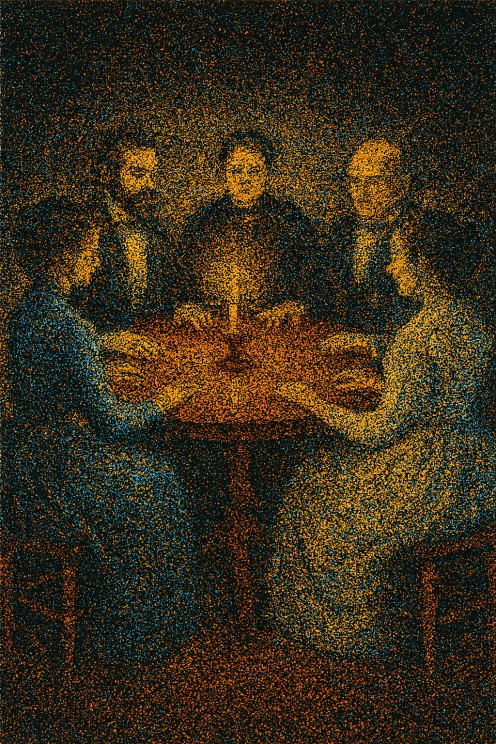
The Séance: History, Method, and Sacred Caution
The word séance comes from the French for “session,” but in spiritual practice, it refers to a ritual gathering where participants attempt to communicate with spirits. Though often romanticized or dramatized, the séance is rooted in centuries of longing—for connection, for closure, for proof that the veil between worlds is permeable.
Origins and Evolution
While the formal séance rose to prominence in the 19th century with the rise of Spiritualism, the act of communing with the dead is far older. Ancient Greeks visited necromanteions, underground temples where the dead were said to speak. In China, fuji or “spirit writing” allowed mediums to channel messages from the beyond. Medieval Europe saw mystics and witches accused of summoning spirits—often at great personal risk.
But the séance as we know it took shape in Hydesville, New York, in 1848, when the Fox Sisters claimed to communicate with a spirit through coded knocks. Their fame ignited a movement that swept across America and Europe, drawing believers, skeptics, and even presidents into dimly lit parlors where the dead were invited to speak.
Ritual Method
A traditional séance is not casual—it is ceremonial. Participants gather in a quiet, dimly lit space, often seated in a circle to create energetic symmetry. A medium serves as the conduit, guiding the ritual and interpreting signs. Common methods include:
-
Table Tipping: The table rocks or levitates in response to spirit energy.
-
Automatic Writing: The medium’s hand moves involuntarily, channeling messages.
-
Spirit Trumpets: Hollow cones amplify whispered voices from beyond.
-
Knocks and Raps: Spirits respond to questions with coded taps.
The séance begins with intention-setting, often through prayer or invocation. Protective measures—such as candles, salt, or sigils—are used to guard the space. Spirits are invited with respect, and the session is closed with gratitude and sealing rituals.
Sacred Warnings
Séances are powerful—but not without risk. History is filled with tales of fraudulent mediums, emotional manipulation, and spiritual intrusion. Magicians like Harry Houdini famously exposed trickery, while religious leaders warned of demonic deception.
Even in sincere practice, one must be cautious:
-
Never force contact.
-
Never invite spirits without protection.
-
Never allow a spirit to enter your body or home without consent.
-
Always close the ritual with intention and grounding.
The séance is not a game. It is a sacred dialogue. And like all rituals, it must be approached with reverence, discernment, and emotional clarity.
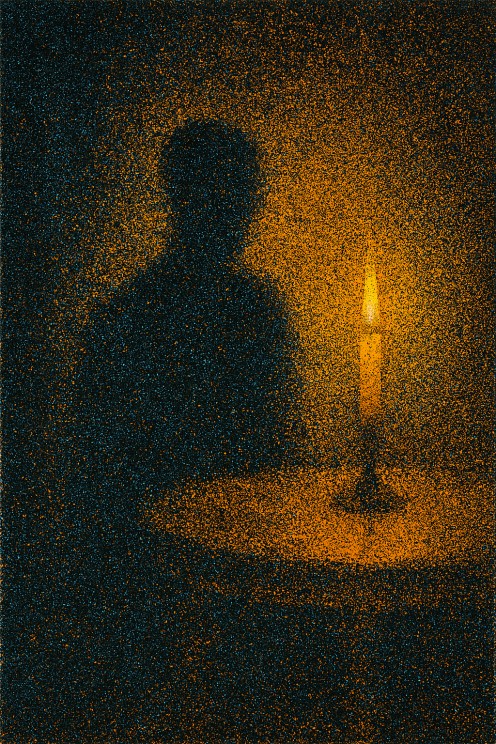
V. Ethics and Emotional Depth
With great sensitivity comes great responsibility. To engage with the spirit realm is to enter a sacred dialogue—one that demands emotional maturity, energetic discernment, and unwavering respect. The unseen is not ours to command. It is ours to honor.
One must approach this work not as a seeker of spectacle, but as a steward of story.
Avoid Coercion and Sensationalism
Spirit communication is not a performance. It is not a stage for ego, nor a tool for manipulation. To coerce a spirit, to dramatize their presence for attention or gain, is to violate the sanctity of the veil. The unseen deserves reverence—not exploitation.
Ask gently. Receive humbly. Share responsibly.
Respect Spiritual Autonomy
Spirits, like people, have agency. They may choose to speak—or remain silent. They may offer fragments, symbols, or silence. That silence is sacred. Do not pry. Do not push. A spirit that withdraws is not rejecting you—it is protecting itself, or you.
Honor their boundaries as you would your own.
Honor Grief, Closure, and Emotional Boundaries
Many seek spirit contact in moments of loss. This is natural—but it is also tender terrain. Grief can blur discernment. Longing can invite projection. Spirit communication must never be used to reopen wounds or bypass healing. If the message stirs pain, pause. Reflect. Seek support.
To communicate is to care—to hold space for what was, what is, and what lingers.
Spirits Are Not Props
They are not entertainment. They are not tools. They are stories, energies, and echoes of love. Some are ancient. Some are recent. Some are still becoming. Each carries weight. Each deserves respect.
To speak with spirits is to become a witness. A vessel. A guardian of memory.
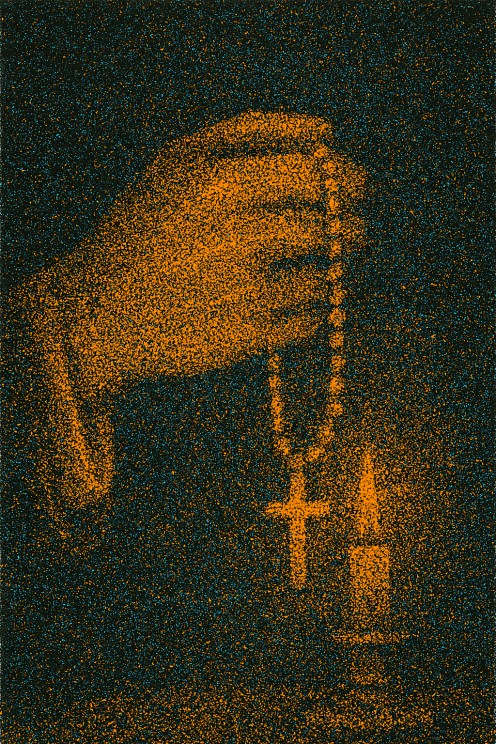
VI. Closing the Circle
Every ritual must end with grace. Just as the veil was opened with reverence, it must be sealed with intention. Spirit communication is not a fleeting moment—it is a sacred exchange, and every exchange deserves closure. To leave a ritual open is to leave energy uncontained, emotion unprocessed, and spirit unacknowledged.
Thank the Spirit
Whether aloud, in writing, or through symbolic gesture, offer gratitude. Speak the spirit’s name if known. Acknowledge their presence, their message, their choice to appear. Gratitude is the final offering—it affirms that the dialogue was received, and that the spirit is free to return or rest.
“Thank you for your presence. I honor your message. You may return to your realm in peace.”
Ground Yourself
After communion, the body must return to the earth. Eat something nourishing. Step outside and touch the soil. Breathe deeply into your belly. The spirit realm is expansive—your body is the anchor. Grounding restores balance and prevents energetic drift.
Ritual without grounding can leave one disoriented, emotionally raw, or spiritually porous. Return to yourself.
Seal the Space
Close the energetic container with intention. Use light (a candle extinguished), sound (a bell rung), or silence (a moment of breath). You may also cleanse with smoke, sprinkle salt, or speak a closing invocation.
“This space is now closed. All energies that do not belong to me must return to their origin. I am whole.”
Sealing the space is not dismissal—it is respect. It tells the spirit: the ritual is complete, the boundary restored.
Reflect, Journal, Integrate
The ritual does not end when the spirit departs. It continues in reflection. Write what you felt, heard, saw, or sensed. Note symbols, emotions, and lingering impressions. Integration is where transformation begins. What was heard must be honored. What was felt must be held.

Sacred Warnings: Spirit Communication in Religious Texts and History
Across centuries and civilizations, the desire to commune with spirits has been both revered and feared. Religious texts and historical traditions offer not only methods of contact, but solemn warnings—reminders that the unseen is not always benevolent, and that discernment is a spiritual duty.
Judeo-Christian Teachings
In the Bible, spirit communication is often framed as a forbidden act. The Old Testament warns against mediums, necromancers, and diviners:
“Let no one be found among you who... practices divination or engages in witchcraft... or who is a medium or spiritist or who consults the dead. Anyone who does these things is detestable to the Lord.” — Deuteronomy 18:10–12
These verses reflect a deep concern for spiritual deception. The belief is that spirits—especially those not sent by God—can mislead, defile, or draw one away from divine truth. In Leviticus 19:31, the command is clear: “Do not turn to mediums or seek out spiritists, for you will be defiled by them.”
The caution here is not against curiosity, but against vulnerability. In moments of grief or desperation, one may unknowingly invite entities that mimic comfort but sow confusion.
Islamic Perspectives
In Islamic tradition, communication with spirits—especially through jinn—is treated with extreme caution. Jinn are considered sentient beings made of smokeless fire, capable of both good and evil. The Qur’an warns that some jinn deceive humans, whispering falsehoods or leading them astray.
Practices like summoning jinn or seeking their aid are discouraged, as they may violate divine boundaries and open the soul to manipulation. Protection prayers, such as Ayat al-Kursi, are often recited to guard against unseen interference.
Folklore and Pagan Traditions
In Celtic and Norse folklore, spirit communication is deeply ritualized—but never casual. The Irish Sídhe (fairy folk) are known to be capricious, beautiful, and dangerous. They may offer gifts, riddles, or visions—but often at a cost. Entering their realm without protection could mean madness, entrapment, or spiritual disorientation.
In Norse myth, seers and volvas (female shamans) would communicate with spirits through trance and song—but only after intense preparation and protection. The dead were honored but never summoned lightly.
Spiritism and the Spiritualist Movement
In the 19th century, figures like Allan Kardec shaped the philosophy of Spiritism—a belief system that emphasized moral development through spirit communication. While Spiritism encouraged dialogue with the dead, it also categorized spirits by their moral and intellectual evolution. Kardec warned against deceptive or low-level spirits, urging practitioners to seek truth, not spectacle.
The Fox Sisters, pioneers of American Spiritualism, ignited public fascination with séances—but their legacy also includes cautionary tales of fraud, obsession, and emotional vulnerability.
The Common Thread: Discernment
Whether sacred text or oral tradition, the message is consistent: Not all spirits are guides. Not all whispers are truth. To communicate is to risk. To risk is to prepare. And to prepare is to protect both soul and story.
Spirit communication must be ritualized, grounded, and guided by ethical clarity. The veil may shimmer—but it must never be torn.
Final Reflection
To speak with spirits is to remember that we are never truly alone. Even when silence surrounds us, even when grief feels bottomless, there are presences that linger—watching, guiding, whispering through the folds of time. The veil may shimmer, thin as breath or memory, but the bond remains. It is not broken by death, nor dulled by distance. It is ritual, reborn.
Spirit communication is not a spectacle. It is not a trick of light or a thrill of the unknown. It is a ceremony—a sacred act of listening, of honoring, of remembering. It invites us to live more mythically, more mindfully, and more magically. Through dreams that feel like visitations, divinations that echo archetypal truths, and signs that flutter like wings across our path, we are reminded: the world is alive with meaning.
To commune with spirits is to become both listener and storyteller. We receive, and we respond. We witness, and we weave. The messages may be fragmented, symbolic, or subtle—but they are never empty. They ask us to slow down, to feel deeply, to walk with reverence.
And in doing so, we do not just speak with the unseen—we become part of the myth ourselves.
Sources
-
King James Bible. (2017). King James Bible Online. https://www.kingjamesbibleonline.org/ (Original work published 1769)
-
Easwaran, E. (Trans.). (2007). The Bhagavad Gita (2nd ed.). The Blue Mountain Center of Meditation.
-
Kaiser, W. C., Jr., & Garrett, D. (Eds.). (2006). NIV archeological study Bible: An illustrated walk through biblical history and culture. Zondervan.
-
Houdini, H. (1924). A Magician Among the Spirits. Harper & Brothers.
-
Kardec, A. (1857/2009). The Spirits’ Book (A. Blackwell, Trans.). CreateSpace Independent Publishing. (Original work published 1857)
-
Guiley, R. E. (2000). The Encyclopedia of Ghosts and Spirits (2nd ed.). Facts On File.
-
Narby, J. (1998). The Cosmic Serpent: DNA and the Origins of Knowledge. TarcherPerigee.
-
McNeill, F. M. (1956). The Silver Bough: A Four Volume Study of Scottish Folklore and Belief. William MacLellan.
-
Melton, J. G. (2001). Encyclopedia of Occultism and Parapsychology (Vols. 1–2). Gale Group.
-
Owen, A. (2004). The Darkened Room: Women, Power, and Spiritualism in Late Victorian England. University of Chicago Press.
This content is accurate and true to the best of the author’s knowledge and is not meant to substitute for formal and individualized advice from a qualified professional.
© 2025 Erin K Stewart

